|
Advertisement
|
Medieval Warfare
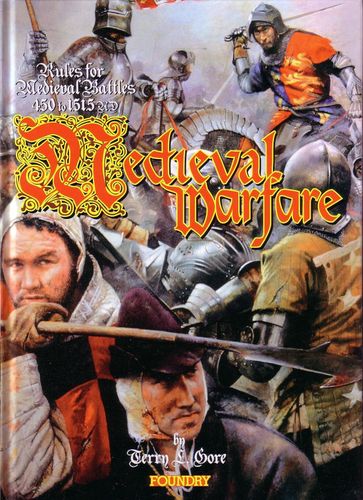
DescriptionMiniature rules for wargaming tactical level combat from 450 AD to 1500 AD. Medieval Warfare (MW) was awarded GAMA's Best Historical Miniatures Rules of 1998 at Origins 1999. The scale is 1 figure equals 20 men, with 1 inch equals 25 yards (for 15mm figures). One turn equals 5-10 minutes. An army divides into a number of Battles (Divisions), each Battle commanded by a general. Units contain a number of stands. MW contains a large amount of research into Army lists: 93 are in the back of the rules, from Late Patrician Roman (mid 5th Century) to Burgundian Ordinance (late 15th century). These are presented in WRG 7th style, with unit name, type, weapons, and purchase points. Four scenarios are also in the rules. The sequence of play consists of Recovery (Rally phase), placing tactical orders, conducting movement, missile fire, and melee. For command, a commander receives between 3 and 5 orders, depending on his competence. These can be assigned in the second phase of each turn--you receive a choice of 6 orders (charge, move, hold, defend, retire, and recover). Unlike the random pip system, the number remains a constant each turn, rather than a random number from 1 to 6. MW contains two kinds of movement: strategic and tactical. Strategic occurs when units are beyond 12" of the enemy--they receive additional movement of between 25% to 100% more, depending on the unit. However, they cannot come closer than 12". Again, this is similar to march movement in WRG 7th--although a lot more restricted. Tactical is just that. When you want to close, you must use the slower tactical movement. For example, armored and close order infantry move 4 inches, loose order move 6 inches, and so on. Terrain can slow your move. When charging and routing, each unit receives a random move amount. For example, close order armored infantry go 1 inch plus an "averaging" die roll (2-5) for a total of 3-6 inches. Defenders have the option to counter charge. There are several times during a turn, for example, such as charging and counter charging, when morale tests are necessary. This is a d10 roll, with various modifiers. If you fail by a little, not much happens. Fail by a lot and suffer extreme consequences. Missile fire is by stand, with a d10 random roll. Melee uses an "averaging die" (2-5) to which modifiers are added and then multiplied by the number of stands. The resulting number is divided by 10 to get the number of casualties. When a unit receives a number of casualties equal to the number of figures on a stand, the stand is removed. When you lose 1/3 of your troops, it's morale check time for everyone. And then every time you lose a unit, more morale checks. The game ends when a general either concedes defeat or all his troops run away or are destroyed. Game DiscussionsAdd CommentYou need to be logged in to comment. Insert Bullet List Please enter at least one item. Item: Item: Item: Item: Item: Insert Numeric List Please enter at least one item. Item: Item: Item: Item: Item: Insert Link Please enter the link of the website Optionally you can add display text Insert Email Please enter the email address Optionally add any display text Insert Image Please enter the link of the image Insert YouTube Video Please enter the link of the video MarketplaceNo listings at the moment. Do you own this game? Click here to list it for sale.
Similar Games
|
Best Sellers
Board Games
|
||||||||||||||
Latest Searches: hello guest | Carnage | battle cry | Potter | Party and co | roleplaying | desk | cards against humanitu | the thing | Top rated | montana | bang samurai | vest | Aetherium | on thin ice | yolo | Lancaster County opoly game | stars right | return of the heroes | Smokers wild | Yahoo buckaroo | pathfinder wrath of the righteous | peaceable kingdom | Cop salad | south park uno | othello | hades+h3 | SOS Titanic | Timber peak | life adventures
All Rights Reserved

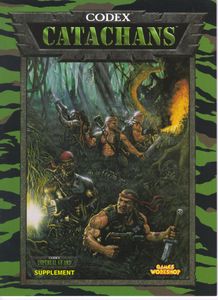
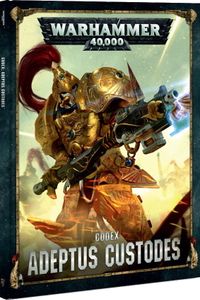
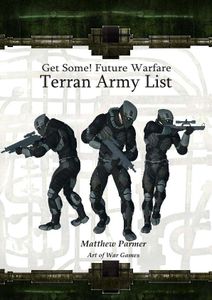
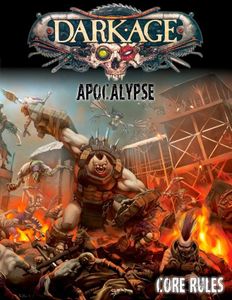

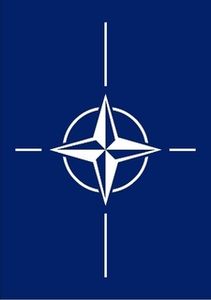
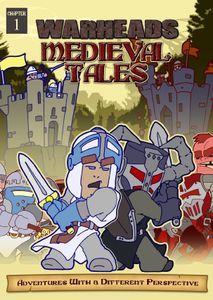
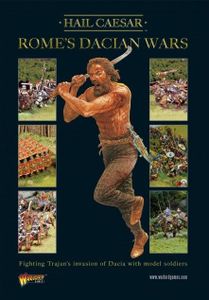
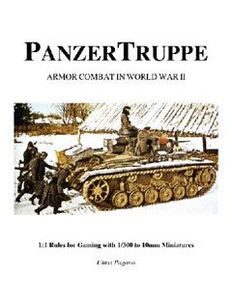
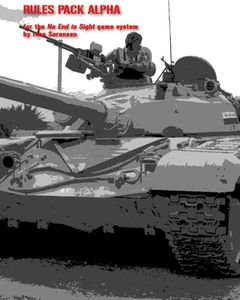
Comments (0)